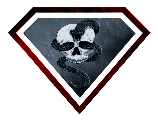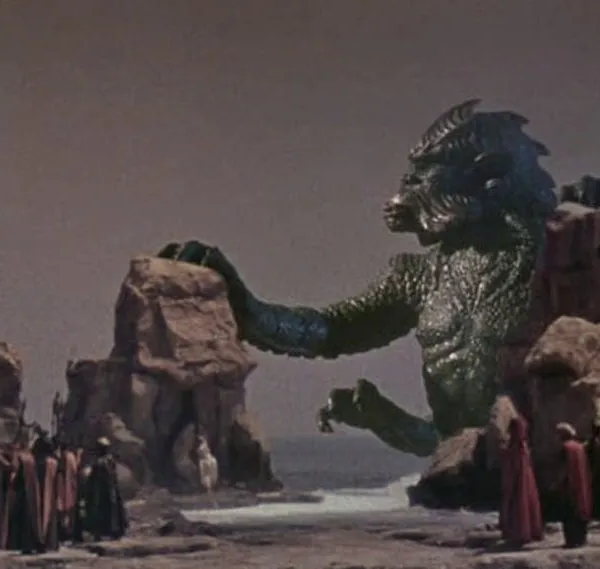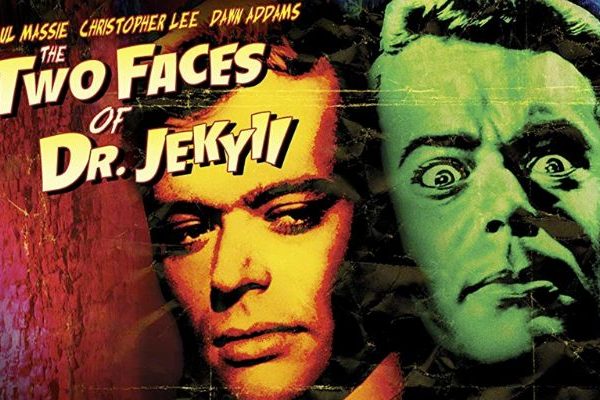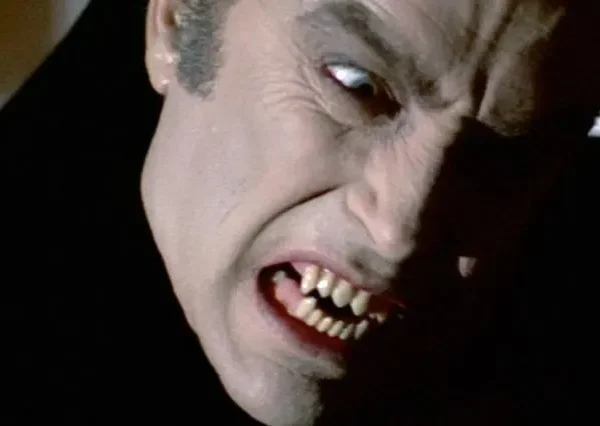October Monster Mash: Clash with the Skeleton Army – Ray Harryhausen’s Undead Masterpiece
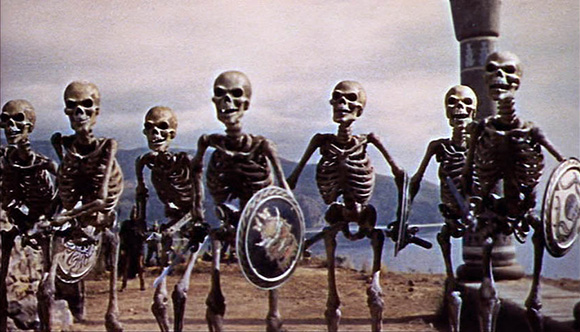
A Clash for the Ages
Few monsters in cinema history are as instantly recognizable as the Skeleton Army from Jason and the Argonauts (1963). In an era before CGI, these rattling warriors emerged from the ground and fought Jason and his men in what remains one of the most thrilling stop-motion battles ever filmed.
The sequence, brought to life by legendary special effects artist Ray Harryhausen, transformed a handful of skeletal warriors into one of the most iconic monster moments of all time. More than 60 years later, it still inspires awe, terror, and respect among fans of fantasy, horror, and filmmaking alike.
The Myth and the Movie
Jason and the Argonauts retells the ancient Greek legend of Jason’s quest for the Golden Fleece. Along the way, he encounters gods, monsters, and deadly trials. One of the most unforgettable challenges occurs when Jason confronts King Aeëtes, who summons warriors from the earth itself—an army of the dead, born from dragon’s teeth sown into the ground.
This mythological twist wasn’t just another obstacle; it became the film’s standout moment. The image of skeletons clawing their way out of the earth, armed with shields and swords, struck audiences as both terrifying and mesmerizing.
Harryhausen’s Stop-Motion Magic
The brilliance of the Skeleton Army lies in Ray Harryhausen’s stop-motion animation. Each frame was painstakingly crafted by hand, with Harryhausen manipulating the skeletons’ limbs and weapons one movement at a time. The result was a seamless battle that combined live actors with animated monsters in a way audiences had never seen before.
The choreography was particularly impressive. The skeletons didn’t just swing wildly—they fought strategically, forming groups, attacking in unison, and forcing Jason’s men into retreat. This level of detail elevated the scene beyond a special effect; it was an epic ballet of death and steel.
Why Skeletons Are Scary
The Skeleton Army resonated because it tapped into something primal. Skeletons represent death personified—our own bones stripped of flesh, animated by some dark force. Unlike a vampire or werewolf, there’s nothing human left to reason with. They’re mindless, unstoppable, and eternal.
Their rattling movements and hollow eyes also created an uncanny valley effect, reminding audiences that these weren’t costumes or stuntmen—they were otherworldly invaders pulled from myth and nightmare.
The Scene’s Legacy
The Skeleton battle is often cited as Harryhausen’s crowning achievement, and it influenced generations of filmmakers. Directors like George Lucas, Steven Spielberg, Sam Raimi, and Peter Jackson have all acknowledged their debt to Harryhausen’s work. You can see echoes of the Skeleton Army in Army of Darkness (1992), the Pirates of the Caribbean films, and even The Lord of the Rings.
Despite advances in technology, few monster battles carry the same weight and charm. The imperfections of stop-motion actually enhance the creepiness, giving the skeletons an unnatural, jerky quality that modern CGI often lacks.
Why They Still Matter
The Skeleton Army isn’t just a nostalgic relic—it’s a timeless reminder of how imagination and craftsmanship can create movie magic. While they only appear in one sequence, they stole the show, proving that monsters don’t need to dominate a whole film to become legendary.
For horror and fantasy fans, the Skeleton Army also bridges genres. They’re mythological in origin, yet they belong firmly in the horror pantheon of great monsters. Their appearance proves that sometimes the most frightening foes aren’t demons or aliens, but the dead themselves, risen and armed.
Conclusion
As part of our October Monster Mash, the Skeleton Army deserves its place in the hall of monsters. These bony warriors, born from dragon’s teeth and brought to life through Ray Harryhausen’s genius, stand as a testament to the enduring power of practical effects and timeless storytelling.
So next time you hear the clash of swords in the distance, beware—it might not be living soldiers you’re about to face. It could be the Skeleton Army, rising once more to remind us that some monsters never die.
